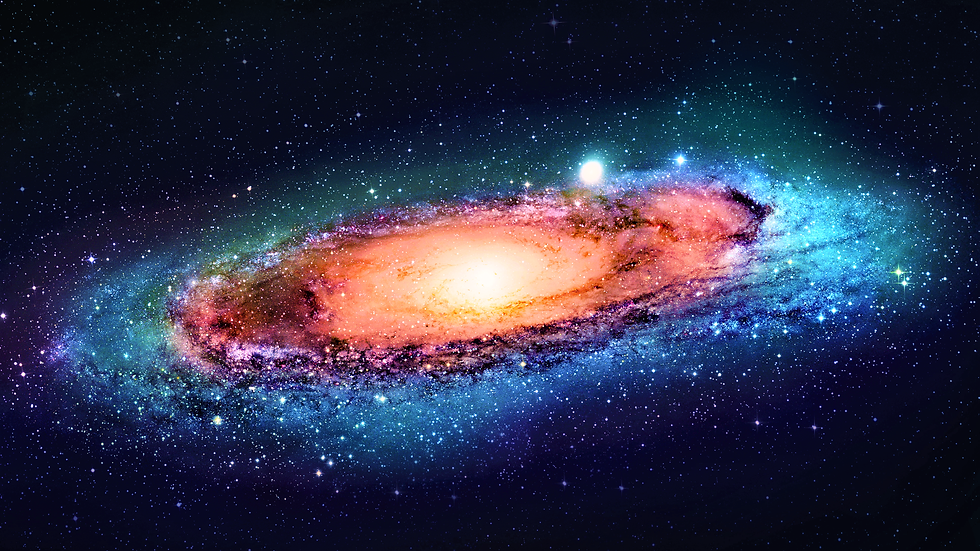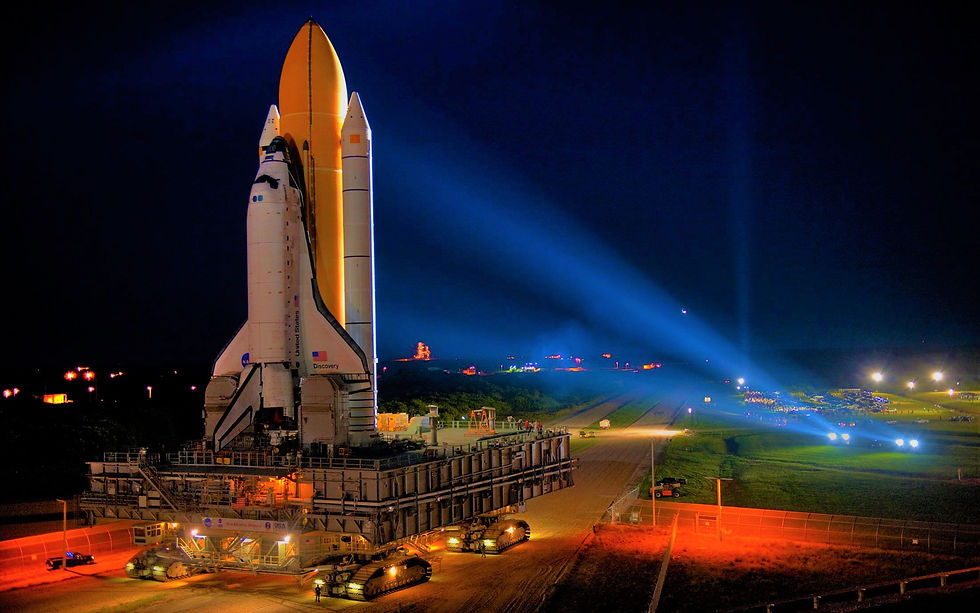NASA Agncy
- pilot55kassas55
- 16 يوليو 2022
- 2 دقيقة قراءة
تاريخ التحديث: 23 يوليو 2022
The National Aeronautics and Space Administration (NASA) is an independent agency of the US federal government responsible for the civil space program, aeronautics research, and space research .
NASA was established in 1958, succeeding the National Advisory Committee for Aeronautics (NACA), to give the US space development effort a distinctly civilian orientation, emphasizing peaceful applications in space science.
NASA Programs
Nasa has a lot of programs in space research such as:
-Mercury
Initiated in 1958, completed in 1963, Project Mercury was the United States' first man-in-space program. The objectives of the program, which made six manned flights from 1961 to 1963, were specific:
- To orbit a manned spacecraft around Earth - To investigate man's ability to function in space - To recover both man and spacecraft safely
-Gemini
Gemini was an early NASA human spaceflight program. Gemini helped NASA get ready for the Apollo moon landings. Ten crews flew missions on the two-man Gemini spacecraft. The Gemini missions were flown in 1965 and 1966. They flew between the Mercury and Apollo programs.
-Apollo
Apollo was the NASA program that resulted in American astronauts' making a total of 11 spaceflights and walking on the moon.
The first four flights tested the equipment used in the Apollo Program. Six of the other seven flights landed on the moon. The first Apollo flight happened in 1968. The first moon landing took place in 1969. The last moon landing was in 1972.
A total of 12 astronauts walked on the moon. The astronauts conducted scientific research there. They studied the lunar surface. They collected moon rocks to bring back to Earth.
-Space Shuttle
The Space Shuttle program was the fourth human spaceflight program carried out by the U.S. National Aeronautics and Space Administration (NASA), which accomplished routine transportation for Earth-to-orbit crew and cargo from 1981 to 2011. Its official name, Space Transportation System (STS), was taken from a 1969 plan for a system of reusable spacecraft of which it was the only item funded for development .
It flew 135 missions and carried 355 astronauts from 16 countries, many on multiple trips.
-Hubble Space Telescope
The Hubble Space Telescope (often referred to as HST or Hubble) is a space telescope that was launched into low Earth orbit in 1990 and remains in operation. It was not the first space telescope, but it is one of the largest and most versatile, renowned both as a vital research tool and as a public relations boon for astronomy. The Hubble telescope is named after astronomer Edwin Hubble and is one of NASA's Great Observatories. The Space Telescope Science Institute (STScI) selects Hubble's targets and processes the resulting data, while the Goddard Space Flight Center (GSFC) controls the spacecraft.
-International Space Station
The International Space Station (ISS) is the largest modular space station currently in low Earth orbit. It is a multinational collaborative project involving five participating space agencies: NASA (United States), Roscosmos (Russia), JAXA (Japan), ESA (Europe), and CSA (Canada).
The ownership and use of the space station is established by intergovernmental treaties and agreements.
The station serves as a microgravity and space environment research laboratory in which scientific research is conducted in astrobiology, astronomy, meteorology, physics, and other fields.
The ISS is suited for testing the spacecraft systems and equipment required for possible future long-duration missions to the Moon and Mars.
NASA Website
NASA TV





تعليقات